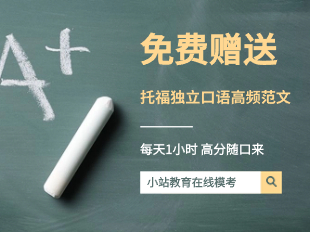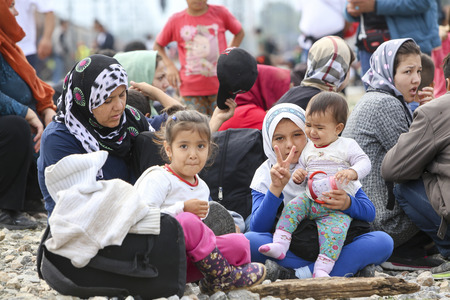托福阅读机经真题Effects of the Commercial Revolution 真题+答案
- 2017年05月05日18:36 来源:小站教育作者:小站教研中心
- 参与(42) 阅读(38331)
|
类别:经济类 |
真题150131CN-P1 |
|
Title:Effects of the Commercial revolution |
|
|
In the third and the second millennia B.C. long-distance trade supposedly had the character of an expedition. By the start of the last millennium B.C., however, a new approach to engaging in such trade emerged. Based on the principle of colorization, itwas pioneered by the Phoenicians and Greeks, who established colonies along the Mediterranean Sea. The new approach to long-distance trade, known as the commercial revolution, led to changes in a number of political and economic patterns. For the first time, the planting of colonies in distant lands became possible. ThePhoenician settlements in the central and western Mediterranean, such as Carthage,and the slightly later establishment of Greek colonies are early examples, while thesettlement of south Arabians in Eritrea around the middle of the last millenniummarks the subsequent spread of this sort of commercial consequence to the Horn of Africa. In the third or second millennia B. C., a state such as Egypt might colonize areas outside its heartland, such as Nubia. But this colonization comprised militaryou官方真题Officialsts and ethnic settlements that were planted to hold the contiguous territoriesof a land empire, not distant localities far separated from the home country. The commercial revolution constructed the economic basis as well for a new kind of town or city, an urban center that above all serviced trade and was home to the craftsand occupational specializations that went along with commercial development. Theurban locations of earlier times commonly drew trade simply because theirpopulations had included a privileged elite of potential consumers. Such towns had arisen in the first place as political and religious centers of the society, they attractedpopulation because power and influence resides there and access to position andwealth could be gained through service to the royal or priestly leadership. Wherever the effects of the commercial revolution penetrated over the lastmillennium B. C., kings and emperors increasingly lost their ability to treat trade as aroyalty sponsored activity, intended to preserve the commodities of trade as the privileges of immemorial power and position. Instead, their policies shifted toward controlling geographical accessibility to the products of commerce and to ensuring security and other conditions that attracted and enhanced the movement of goods. No longer could kings rely on agriculturally supported and religiously based claims toan ability to protect their lands and people; now they also had to overtly support thematerial prosperity of their people compared to other societies. And rather thanexerting a monopoly over prestige commodities, as had Egyptian kings of the thirdand second millennia, and redistributing such commodities in ways designed to reinforce the allegiance of their subjects and enhance the awesomeness of their position, rulers turned to the taxation of trade and to the creation and control ofcurrency, more and more relying on duties and other revenues to support theapparatus of the state. It was no historical accident that the first metal coinage in theworld began to be made in eighth-century Anatolia (modern Turkey) and that the use of coins rapidly spread with the expanding commercial revolution. The material bases and the legitimizations of state authority as we know them today had begun to take shape. The commercial revolution tended also to spread a particular pattern of exchange.The early commercial centers of the Mediterranean most characteristically offeredmanufactured goods—purple dye, metal goods, wine, olive oil, and so forth—for the raw materials or the partially processed natural products of other regions. As the commercial revolution spread, this kind of exchange tended to spread with it, with the recently added areas of commerce providing new kinds of raw materials or newsources for familiar products of the natural world, and the longer established commercial centers—which might themselves have lain at the margins of this transformation—producing, or acting as the intermediaries—producing, or acting asthe intermediaries in the transmission of, manufactured commodities. India, for instance, had developed by the tum of the ear into a major exporter of its own cottontextiles, as well as naturally occurring materials, such as gems of various kinds, and at the same time its merchants were the intermediaries of the silk trade.
|
|
完整托福阅读机经Effects of the Commercial Revolution 题目+答案请登陆查看。
小站教育教研中心



































